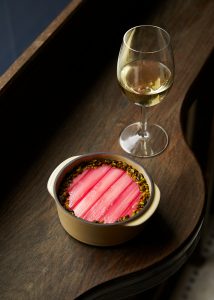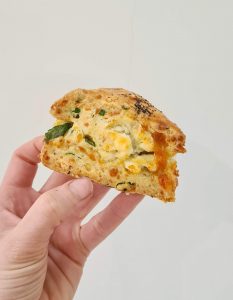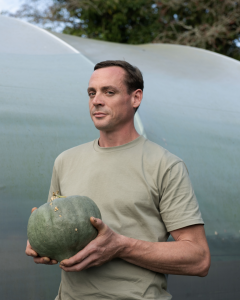PORT meets the New York-based team behind the Norlan Whisky Glass, a tumbler-glass hybrid concept that has raised $800,000 on Kickstarter and is already gaining support from drink industry experts
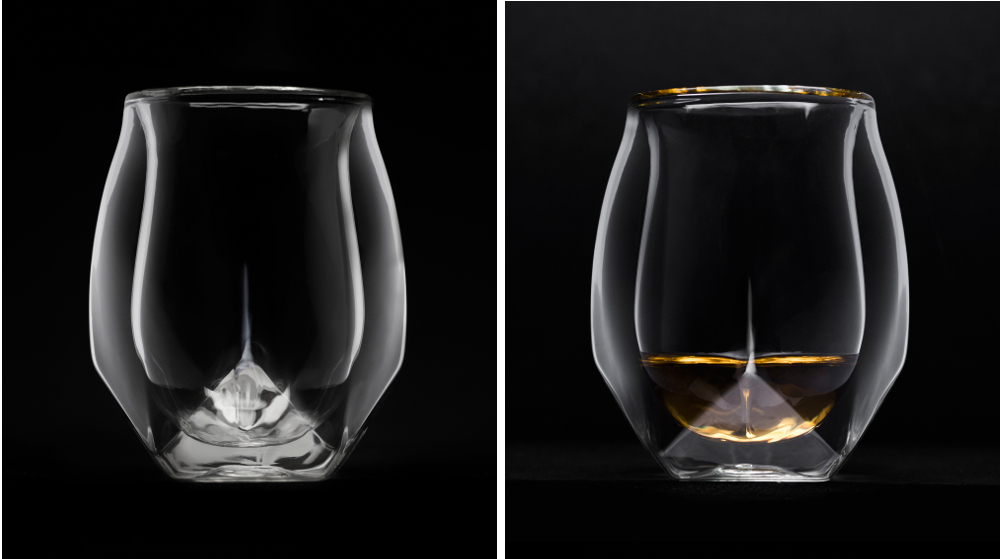
WHISKY WEEK: The Norlan Whisky Glass has a lot to live up to. The brand’s Kickstarter page, which has raised a total of $807,452 through crowdfunding in the 50 days since it was launched, contains a bold opening statement: ‘Meet the glass that will change whisky’.
By fusing ‘design, science, and sociology’, the Norlan team (comprised of Brian Fichtner, Sruli Recht and Shane Bahng) hopes to create ‘the perfect whisky drinking experience’. Between them, the trio can rely on three decades of experience in the design and retail industries, and have a substantial amount of whisky enthusiasm to match. And although it seems as though they’ve set themselves a high bar, the concept has gained a lot more attention than expected, raising ten times the original goal of $75,000 before even going into production.
Fichtner, Recht and Shane Bahng’s creation – an amalgamation of a whisky tumbler and a traditional nosing glass – is primarily scientific. Based on a principle of ‘ultimate aeration’, the glass channels prime aromatics directly to the drinker’s nose when swirled, while the unwanted ethanol is quickly dispersed.
The project has been 18 months the making and has included the use of 3D printing, as well as discussions with some of the oldest and most established distillers around the world. On the eve of the Kickstarter campaign’s conclusion, we caught up with the trio to ask about the glass that, from the support and praise it continues to receive, looks like it may well live up to that big claim.
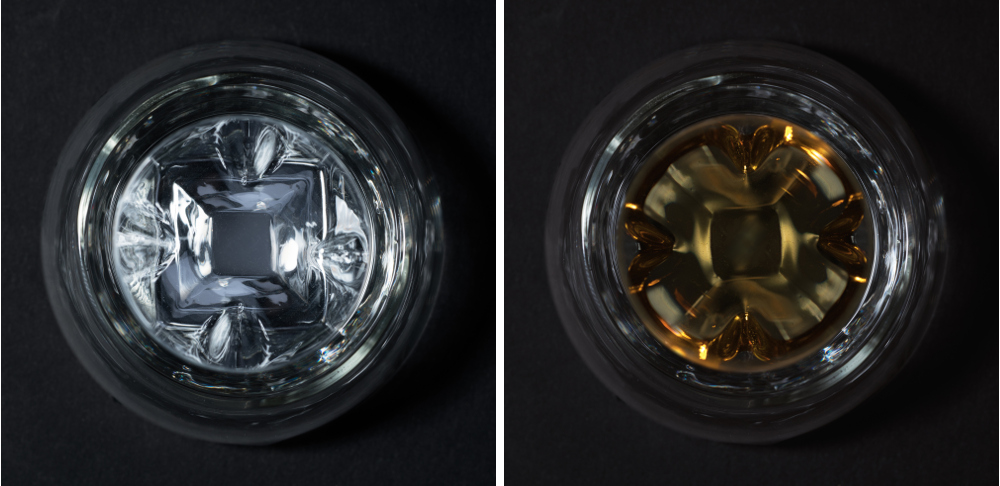
Where did the concept for the Norlan Whisky Glass come from?
Norlan was founded on the idea of addressing deficiencies in the whisky drinking experience. This was mainly that the world of whisky is dominated by two distinct types of glassware: nosing glasses and classic tumblers. Hence, ‘the glass that will change whisky’.
Changing whisky is obviously a big statement. We mean this both specifically (how whisky tastes, smells, and looks in a glass) and broadly (how whisky is marketed and presented to the consumer). Regarding the broad change, there are so many things about the industry that we feel are not only stagnant, but regressive.
Whisky is not simply about the latest rarity and it certainly shouldn’t be consumed out of just one glass; it is primarily about experience. Of course, we think one’s experience of the spirit is improved by drinking from the Norlan glass, but homogeneity is not what we’re after.
Why the focus on whisky in particular?
We are complex men, with irrational passions, stirred volatile by the potent aged spirit presented in well packaged bottles, for slow consumption, and demonstrable pondering. It picked us. We didn’t pick it… And on one moonless eve, we were united by ‘The Glass from The North’.
Can you talk us through the science behind the glass?
Our intrepid designer found himself face to face with a glass of aromatic force, and visual farce. How could it be the only option for a drinker of stature? It pretty much started from there.
At first, the designer didn’t realise he was approaching the glass from scientific standpoint at all, but an inherent design problem: how do I improve this experience? The science came in when the intuitive approach had taken it to a certain point.
While considering the aroma focus, our designer was watching the waves and thinking about how to get more of that air down into the whisky.
Whisky is made up of over 400 flavour-bearing compounds, and it is suspected that an equal number have yet to be identified. With aeration, the undesirable compounds will evaporate faster than the desirable, aromatic and flavourful ones, which increases the concentration of the aromatics. And thus, a solution was required to agitate the fluid as it swirled in the glass.
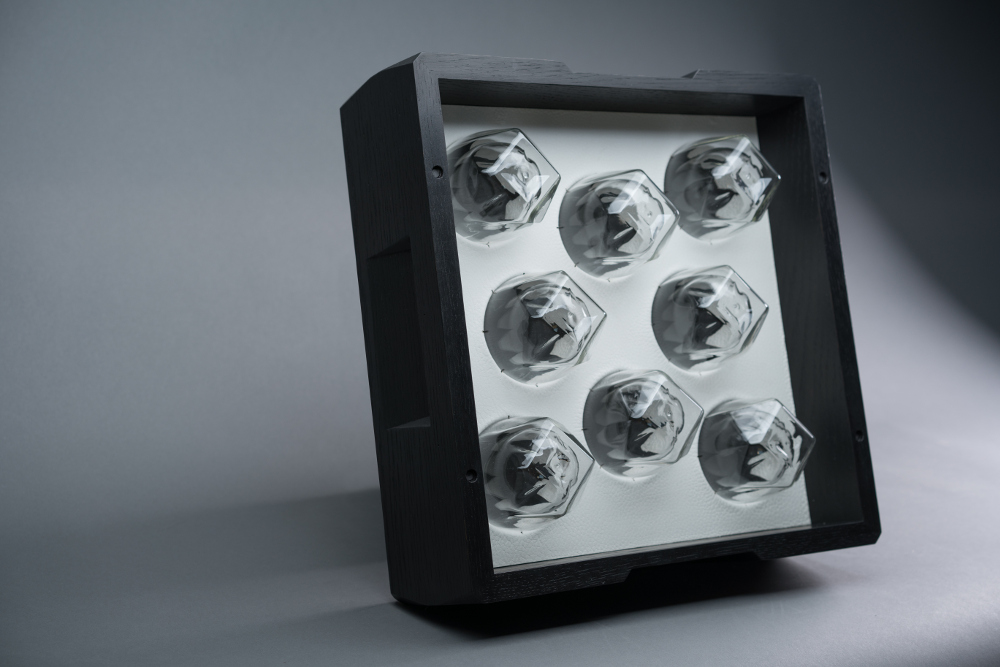
You have successfully crowdfunded your Kickstarter nine times over. Was this reaction something you expected?
It’s hard to say. One can only hope a project like this gets traction and takes off. We really are trying to improve whisky and not just add a gimmick to the endless product roster — this is a project with scope, research, and heart. We worked super hard to cover all the angles before launching. A lot of the success is to do with timing, and very likely it helps that whisky is having its moment now.
How much innovation have you seen in the today’s whisky glass market?
In terms of design innovation, what you see in today’s market is generally iterations and evolutions of existing products and ideas. Our glass innovates in key areas, yet it is at the end of the day a glass. A glass with some inventions in and around it, but a glass nonetheless. So it’s an interesting thing to think about; is it innovation that is being rewarded, is it hard work, is it persistence, or is it just a popularity contest?
Why did you feel crowdfunding the glass was right for you?
There has been a rapid change for the creative, the consumer, and the producer since the e-commerce explosion. The bar for quality, narrative, and design has definitely continued to rise, pushing people to competitively innovate. What’s most interesting today is how these things have converged in crowdfunding, which has in turn created a new forum for design, innovation, and the power of consumer demand. The latter has the potential to take over the decision making process from manufacturers, distributors, and wholesale buyers.
Crowdfunding can empower consumers to decide what is made, instead of designers and manufacturers forcing a product into existence when there may be no market. Right now, anyone can produce anything, anywhere, anytime. And as consumerism speeds up, aided by the power of e-commerce, this does not make a sustainable situation.
We spent 18 months developing this glass at first because we were simply compelled to. The market potential wasn’t something we thought too much about until we were ready with the prototypes. Yet, without the innovative platform of crowdfunding we would have had a very different route to market. Of course we are super happy that people have gotten behind our project and rewarded its innovation.
What’s next for Norlan?
As we’ve become more involved in the world of whisky, we’ve discovered a myriad opportunities for modernising and evolving the whisky drinking experience. We now have dozens of products in development that will delight the whisky drinker.
In the future, as we release each new product that we have been working on, we plan to address the different issues that we have come across in this lifestyle. Whisky has been around for hundreds of years, and will likely be around for hundreds more, and so, it is ripe for innovation, change, and a breath of fresh air.
The Kickstarter campaign for the Norlan whisky glass ends on December 15

